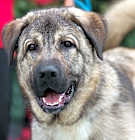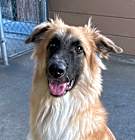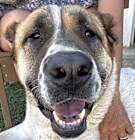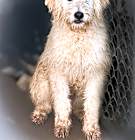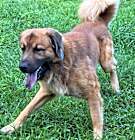Yes, Kuvasz dogs can be good with kids as long as they get proper training, socialization, and supervision. Kuvasz dogs are protective, gentle, and affectionate with their families, including children. Exposing a Kuvasz to kids in puppyhood can help them become more well-rounded and comfortable around children. Individual dogs have their own personalities, and some Kuvasz might be more tolerant and patient with children than others, so it's important to assess each dog's temperament and behavior, especially when introducing them to kids.
As with any large dog, supervision is essential. Due to the Kuvasz’s size and strength, they could accidentally knock over a small child during play. Teaching children how to properly approach and handle dogs is also crucial to ensure positive experiences for both the dog and the child, as is teaching dogs how to interact gently with children.






